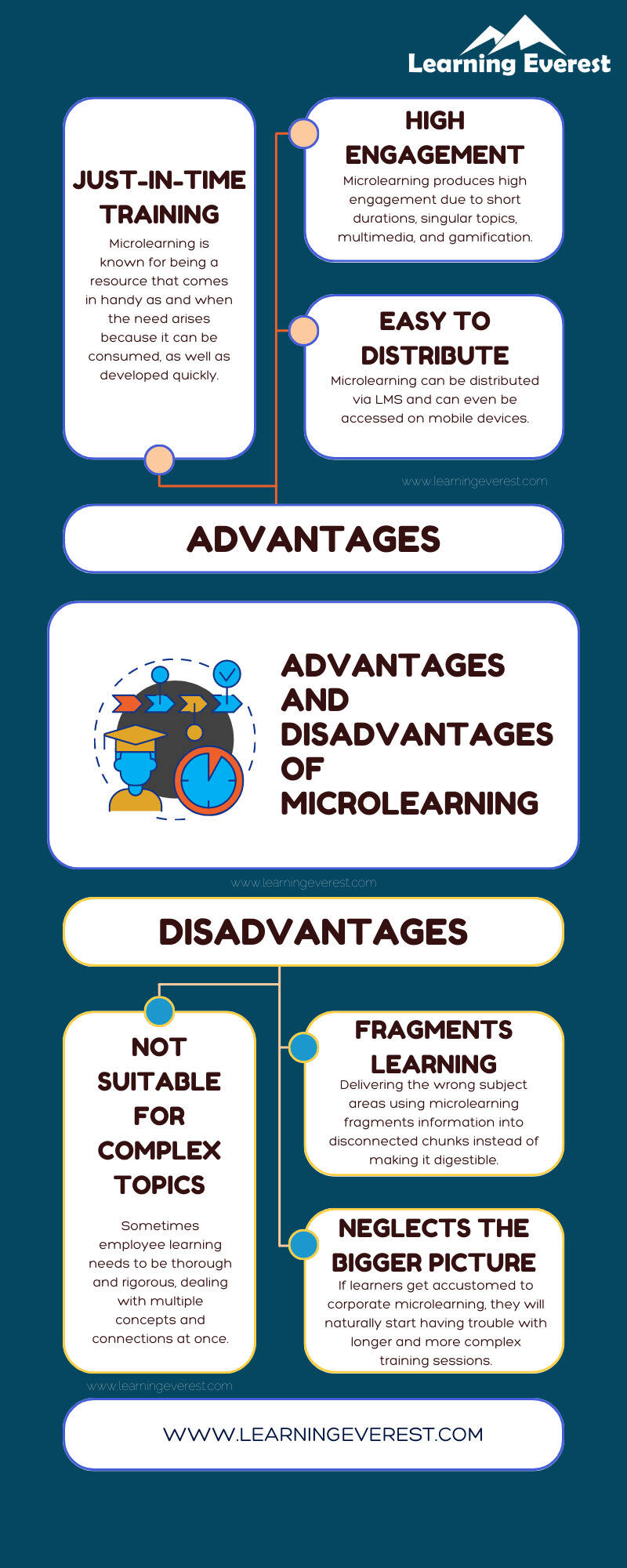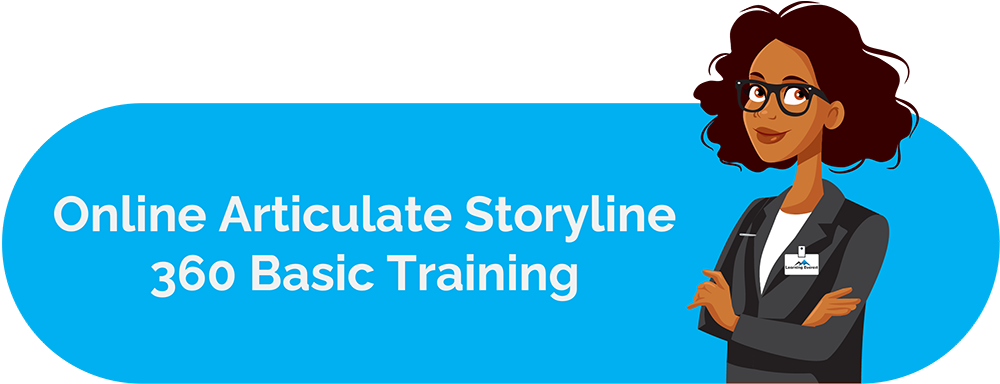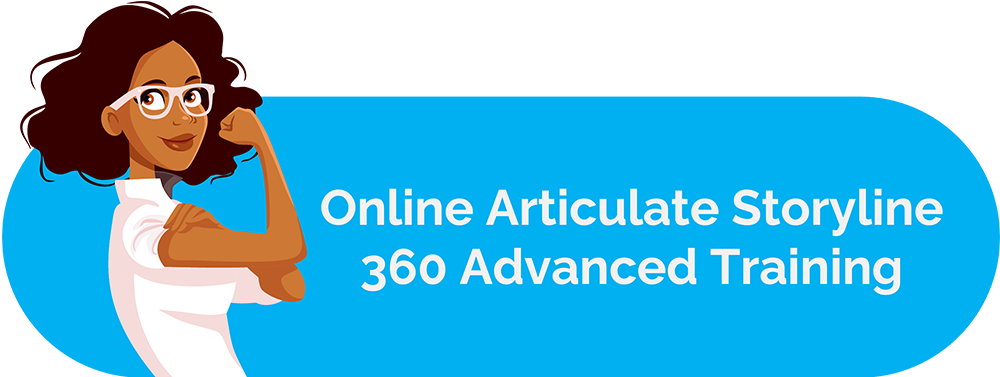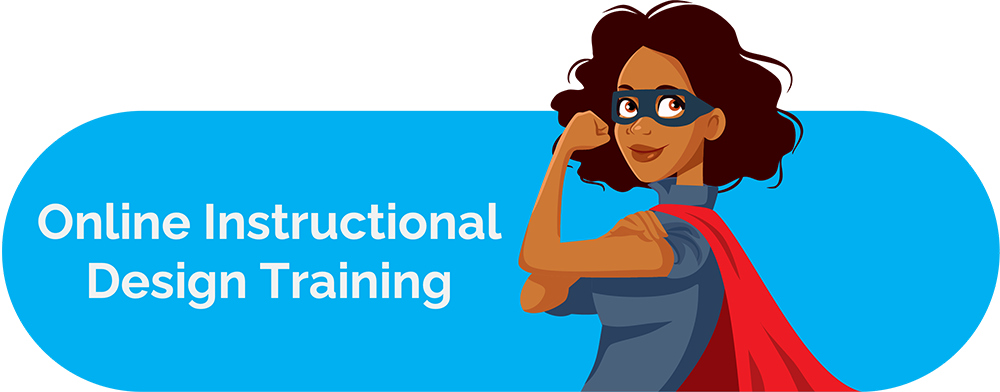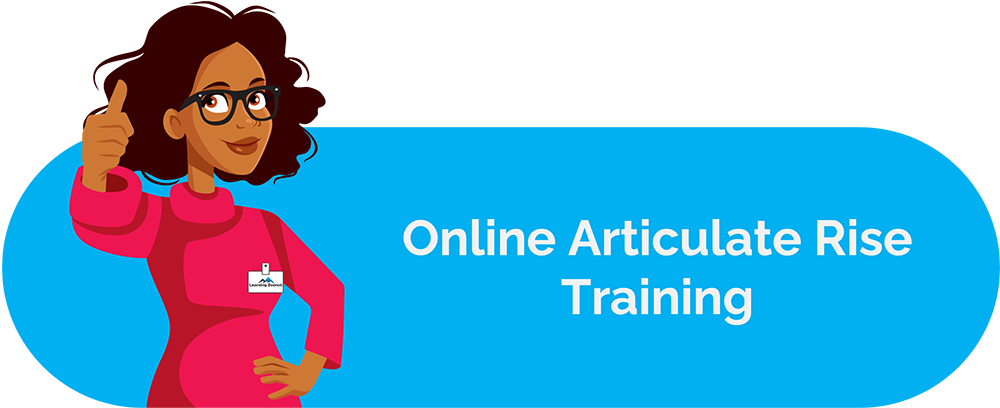Corporate microlearning is one of the main training tools organizations use today. It refers to highly targeted, bite-sized learning delivered in short bursts. This learning format owes its popularity to the high learner engagement and knowledge retention it produces while also being cost and time efficient. But can corporate microlearning alone create a skilled workforce? As it stands, microlearning has its strengths and weaknesses. It is well-suited to some training needs and a poor fit for others. Let us look at some of the advantages and disadvantages of this approach so that you can make informed decisions about when and when not to use microlearning.
Table of Contents
Here are some advantages and disadvantages of corporate microlearning
Advantages of Corporate Microlearning
Corporate microlearning has the following benefits:
Offers Just-in-Time Training That Quickly Fills Skills Gaps
Microlearning is known for being a resource that comes in handy as and when the need arises. There are several reasons behind this:
- Microlearning is designed for quick consumption and doesn’t typically exceed 10-15 minutes of learning time. Employees can access these courses when the need arises and quickly apply the knowledge to their job tasks
- Developing microlearning takes lesser time than full-blown e-learning courses. Thus, organizations can quickly roll out information in the form of microlearning when a new training need arises. They can later supplement these needs with other learning modalities if required, but microlearning can act as a quick-fix solution to tide them over until then.
Produces High Engagement
Microlearning has a few defining features:
- It takes a short period of time to complete it
- Each instance of microlearning tackles a single topic or piece of knowledge to reduce cognitive load
- It has clear learning objectives that need to be met
- It uses multimedia and gamification to grab learners’ attention
Due to these features, microlearning in corporate training increases learner motivation while taking the course and creates interest. Motivation and interest in turn lead to higher learner engagement.
Easily Distributable and Mobile Compatible
Another advantage of microlearning in a corporate setting is that distributing it to employees is easy. The most common way to do so is through an LMS. However, microlearning can take many shapes and forms so distribution will vary depending on that. For example, pop-ups within company applications also count as microlearning but this form of microlearning cannot be housed on an LMS and instead shows up on shared applications.
Corporate microlearning also has responsive or mobile-first designs making it highly compatible with multiple devices, especially mobiles. This increases the reach of training modules and also gives learners the flexibility to take courses when they feel is best for them.
Disadvantages of Corporate Microlearning
Every coin has two sides, and microlearning is no different. As mentioned above, microlearning can certainly contribute to creating a skilled workforce, but it cannot be the only approach. There are many instances where a mix of different learning strategies that may or may not include microlearning might be more effective. Some common disadvantages of microlearning are:
It Is Not Suitable for Complex Topics
While microlearning is great for imparting well-defined, singular information, not all corporate training is that simple. Sometimes employee learning needs to be thorough and rigorous, dealing with multiple concepts and connections at once. In such cases, microlearning can only be used as a supplementary approach to more in-depth learning. For example, if you’re training your employees in a new specialized skill, bite-sized learning will not do the topic and its nuances much justice.
Microlearning Can Fragment Learning
Delivering the wrong subject areas using corporate microlearning will fragment information into disconnected chunks instead of making them short and digestible.
Thus, the learning outcomes should be assessed and established before deciding on the training format. If the information and skills you want to teach your learners are very situational, nuanced, variable, and have lots of interconnections, you would be better off using a different primary approach.
Microlearning can form one aspect of your overall training strategy in such cases, but it cannot be the core intervention.
May Neglect the Bigger Picture of Organizational Learning
If learners get accustomed to corporate microlearning, they will naturally start having trouble with longer and more complex training sessions.
Additionally, the asynchronous and individual nature of microlearning reduces knowledge sharing among employees after a certain threshold. After all, if there is a quick consumable module one can take to solve all problems, employees will be less likely to invite others’ views. Thus, microlearning might end up interfering with more organic transfers of knowledge and experience.
Once again, in moderation and when used under the right circumstances, microlearning is a definite driver of organizational learning. But in excess, it loses its effectiveness and feeds into passive learning habits, decreasing employees’ capacity for growth and development over time.
Infographic
Conclusion
Corporate microlearning comes with its positives and negatives. For maximum effectiveness, a rich and varied approach to organizational learning is always more recommended than sticking to one or two strategies. Microlearning is no exception to this rule. However, under the right circumstances, this approach goes above and beyond, making learning effective with brain science and a learner-centric vision guiding it.
Knowledge Check!
Frequently Asked Questions (FAQs)
What is microlearning in the workplace?
Microlearning in the workplace are short, focused trainings about specific topics that employees can access just-in-time, as and when the need arises.
What is an example of microlearning?
Infographics are an example of microlearning.
What is the microlearning method?
Microlearning has a few defining features:
- It takes a short period of time to complete it
- Each instance of microlearning tackles a single topic or piece of knowledge to reduce cognitive load
- It has clear learning objectives that need to be met


